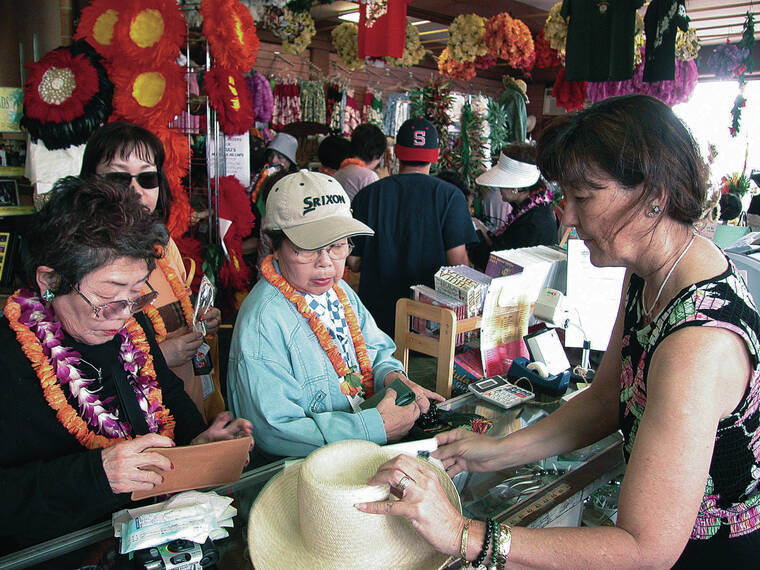The recent editorial on the need to do more to woo Japanese tourists to Hawaii points to its importance for Hawaii’s economic well-being (“More is needed to woo Japan visitors,” Star-Advertiser, Our View, Feb. 21). In part, the COVID-19 pandemic stimulated a rapid decline in their numbers since late 2019. Thanks to the Hawaii-Japan Sister State and Sister City Summit in July 2023, attempts to improve the inbound traffic from Japan were made. That conference had political support from Hawaii’s state and county leaders and their counterparts from Japan. So far, however, the focus is merely on readjusting marketing from “Malama Hawaii” to “Beautiful Hawaii” and “It’s Got to Be Hawaii.” Confident persuasion backed by good customer service may be necessary, but is insufficient.
It is worthwhile to review broad trends that we are all affected by, and for which we can provide mutual assistance. While these broader societal trends can include energy, sustainability and security/terrorism issues, among others, population aging is one that we highlight.
Hawaii and Japan face considerable economic and social infrastructural challenges due to population aging. Long-term care pressures have caused Hawaii’s Medicaid budget to exceed the Department of Education budget. Moreover, more of our young are migrating out of state for a livable wage. The situation in Japan is also dire. Last year, Prime Minister Fumio Kishida stated that the next eight years will represent Japan’s “last chance” to reverse its depopulation decline.
What can be done? Twenty-three years ago, Hawaii held its “Governor’s Conference on Health and Wellness Tourism for the Older Japanese” at the East-West Center. The prediction was that Japan’s tourists to Hawaii would be older, given its aging population. Weddings and chapel ceremonies will become less prevalent as the average age of Japanese tourists increases. The conference was a glimpse into restructuring the secondary industries supporting tourism. For instance, older tourists may be interested in guided and meaningful tours that promote a Hawaiian approach to health and wellness for older adults.
With population aging, Japan has programs to turn “silver” into “gold.” Japan is examining how to keep older adults working longer and create products designed for the senior market. For example, its Silver Human Resource Centers are nationwide senior employment agencies. For adults to explore second careers, many of its universities have created “Premium College.”
Likewise, with the growth of the older adult population, there are new market opportunities. What are new products and services that older adults need and want? When speaking of older adults, we are not only referring to the frail, disabled nursing-home-level residents. Most are active and healthy, aged 60-85, and wishing to remain engaged. That is, we need to think in terms of products and services to promote active aging.
Technology is another arena that can help both Hawaii and Japan. Given the growing shortage of Japan’s workforce, technology will need to be seen as one strategy that can help.
In 2014, Eric Dishman of Intel led several conferences on “Future of Technology and Aging in Hawaii.” The University of Hawaii Center on Aging is exploring collaborative opportunities with the Tokyo Institute of Technology to stimulate innovation and product development to address population aging.
Lastly, Hawaii should be envisioning ways to create a new economic engine around active aging and aging issues that, in turn, may increase traffic from Japan and elsewhere. “Hawaii, the Health State” should be our magnetic slogan!
Focusing solely on promoting tourism as we know it today may be necessary but insufficient. Let’s view both regions’ long-term challenges and view them as opportunities for further collaborative work and growth.
Cullen Hayashida, Ph.D., is a gerontologist with the Active Aging Consortium Asia Pacific; Kendi Ho, Ph.D., is with the University of Hawaii’s Center on Aging.

